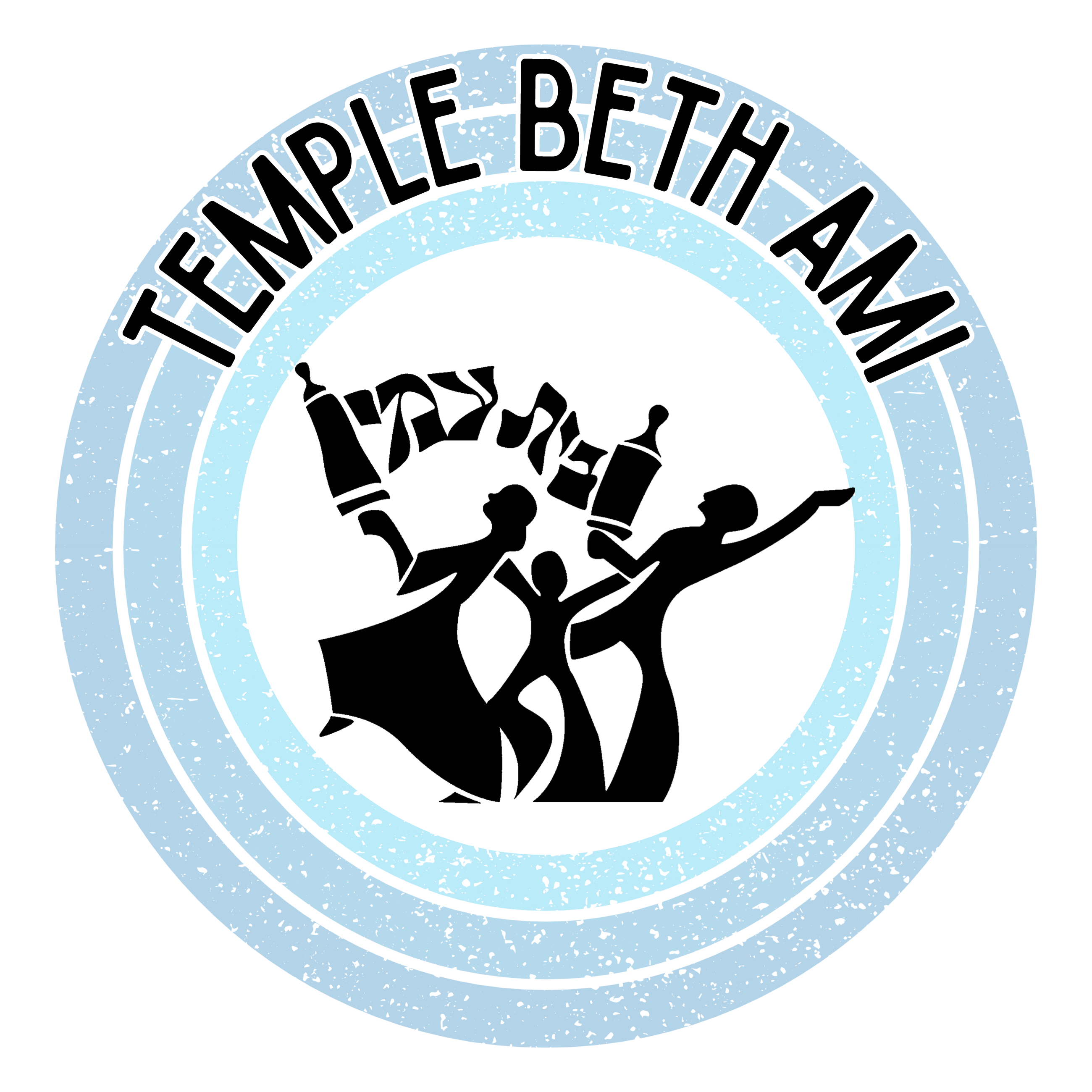VaYakhel 5782
Exodus 35:1 – 38:20
Rabbi Jack Luxemburg
The first word of this Torah portion gives the portion its name, Vayak’heil. It begins the opening verse:
וַיַּקְהֵל מֹשֶׁה, אֶת-כָּל-עֲדַת בְּנֵי יִשְׂרָאֵל–וַיֹּאמֶר אֲלֵהֶם: אֵלֶּה, הַדְּבָרִים, אֲשֶׁר-צִוָּה יְהוָה, לַעֲשֹׂת אֹתָם
And Moses gathered (vayak’heil) all the legions of Israel and said to them, “These are the things that the Eternal has commanded you to do. (Ex. 35:1)
To leave our understanding of this word at “he (Moses) gathered” would miss a dimension of meaning which is significant. It is important for a deeper appreciation of the verse and points to a dynamic which is an essential part of our Judaism.
The word vayak’heil has as its root kuf-hey-lamed. From the same root, we get the word kahal which means “community” and is often used to signify “congregation” as in a synagogue. And no less important to our understanding is the binyan or conjugation of this verb. It is causative. So more than “gathered”, va’yakel means “he (Moses) caused them to become a kahal.” Consider — in the aftermath of the upheaval and disarray that accompanied the episode of the Golden Calf and following another period of absence while atop Mt. Sinai to receive a second set of tablets containing Torah, Moses finds a way to cause our fractious ancestors to become a kahal, a community. How? And is there anything that we can learn that will help us restore genuine community in our own time of upheaval, divisiveness, and disarray?
First, in Ex. 35: 2-3, Moses restores to our ancestors one of the greatest unifying elements in all Jewish life, the Shabbat. In doing so, he establishes one of the key factors in creating a coherent and cohesive community – shared experience. True, Egypt bondage and liberation was a shared experience. True, revelation at Sinai was a shared experience. However, they were unique experiences, even though we try to recapture their meaning with our annual festivals. The Shabbat, however, is a shared experience which is frequent and regular, coming at the end of the week no matter the season, the vagaries of the Jewish calendar, or even in what place we find ourselves – geographical, social, or economic. Further, it is definitive. Since ancient times, observance of the Shabbat as a day of rest and renewal has distinguished the Jewish people, be it in our own eyes or in the eyes of others. The Shabbat is, in part, what defines us as both folk and faith. As the great Hebrew essayist and Zionist thinker, Achad HaAm (Asher Zvi Hersh Ginsberg, 1856-1927) said, “More that the Israel has kept the Shabbat, the Shabbat has kept Israel”.
In the verses that follow, Moses restores a second unifying element, the building of the Mishkan or Tabernacle. The detailed description here is nearly identical to that which appears in earlier chapters (Ex. 25 ff). By once more inviting all who can to participate in the gathering of materials, in the fashioning of the various features of the Mishkan, and in its construction, Moses renews the sense shared enterprise and common purpose – both physical and spiritual — that causes the “legions of Israel” (kol adat b’nai Yisrael) to be restored as a single community (kehila).
The insights contained with the word vayah’heil are useful to us in our own day. Are there not “golden calves” that draw us away from our pursuit of the high and the holy? Are there not contemporary idolatries which pervert truth and promote divisiveness, distancing us from our better selves and from each other? One wonders what can cause the “legions” into which we are divided to be restored as a community defined by shared experience, collective effort, and common purpose?
Note that Moses does not suggest that the “legions of Israel” rally around him. He does not suggest that the twelve tribes discard their distinct identities to come together as a single cohesive community. Rather, vayak’heil, he causes the people to re-establish themselves as a kehila kedosha, a sacred community by calling them to recommit to the virtues and values that arise from shared experiences, efforts, and purpose. In this way they overcome the divisiveness and disarray of the Golden Calf episode. They reclaim their sense of interrelatedness and the bonds of a people covenanted to God.
Too often, in times of disruption, we look for a person to bring us together. Or we ask distinct groups to discard what makes them unique to establish a unified community. We learn from Torah that both are dangerous paths. No one person can – or should – be a singular force that unifies, precisely because it results in the use of force to compel loyalty. Conformity should not be confused with unity or become a requirement for creating community because it leads to coercion.
It would be wonderful if the Torah gave us a simple sure-fire formula for “causing community”. Perhaps there are some who find such in the text. But our Torah speaks about Moses restoring community among our folk who, despite all, had much greater commonality than we enjoy among our local, nation and even Jewish “legions”. Instead, the Torah gives us guidance regarding what to avoid in our effort to “cause community”. It cannot safely depend on one person…it requires participation and contributions from all involved. It is not about conformity … it is about inclusion, letting each person or constituency find their way to join in the collective effort and find purpose in the pursuit of values that inspire our best actions and ennoble our highest aspirations. The history of our people from the time of Moses until now underscores that causing communities – kehilot — that are strong enough to endure over time and under every imaginable circumstance requires virtue and vision, shared and honored without violence or vitriol.

